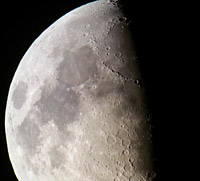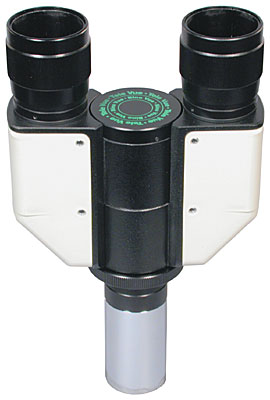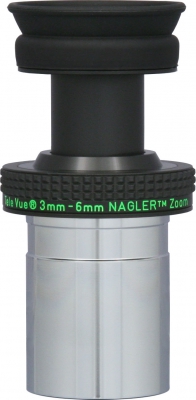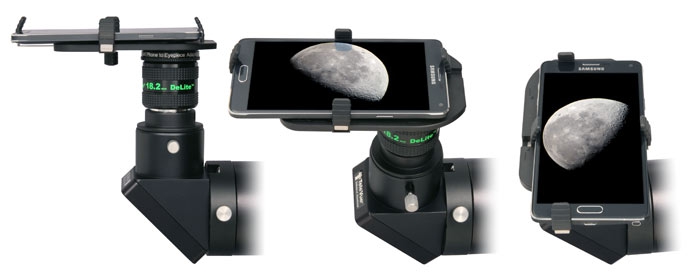Observing the Moon

Most amateur astronomers will ignore the full moon. The best telescopic observations can be had before and after the moon is full. For instance, when the moon is half-illuminated, at first quarter, as it waxes toward full. Along the night and day terminator line bisecting the moon are the boldly cast shadows of mountains, craters, rilles, and basins. This is where your telescopic lunar observations should begin.

Some of my best views of these lunar features has been through a TV-85 equipped with a Tele Vue Bino Vue. Using two eyes to float above the lunar surface is not only more comfortable, but brings you closer to the “space walk” experience of a lunar orbiting astronaut. Other’s agree with me: according to Sky & Telescope‘s Bino Vue review, “the 3-D effect is particularly dramatic when you are viewing the Moon. Mountains really look high, and craters really look deep. You feel you are looking at a real landscape on a world that appears not as a flat disk but as a globe curving away from you at the limb. With wide-angle eyepieces, I experienced the proverbial spaceship views of the Moon that we always imagine but never quite achieve with monocular viewing.”


- Bino Vue info on the website (mobile site)
- Nagler 3-6mm Planetary Zoom (mobile site)
- Tele Vue FoneMate smartphone adapter (mobile site)
- You’ll be able to touch an feel all our eyepieces, Powermates, scopes, mounts, and accessories at the yearly spring NEAF show in NY.


